Brachytherapy Devices Market Size
The Global Brachytherapy Devices Market reached US$ 1,024.1 million in 2024 and is expected to reach US$ 1,902.7 million by 2033, growing at a CAGR of 7.2% during the forecast period 2025-2033.
Brachytherapy devices refer to specialized medical devices used in brachytherapy, a form of internal radiation therapy where radioactive sources are placed directly inside or very close to a tumor. The devices deliver a high dose of radiation to the tumor while minimizing exposure to surrounding healthy tissues, making it a targeted and effective treatment, especially for localized cancers. Brachytherapy offering an effective and targeted treatment method for various types of cancer. The precision, reduced side effects and shorter treatment times make it a valuable option for patients with localized cancers.
The global brachytherapy devices market is experiencing significant growth, driven by factors such as the increasing prevalence of cancer, technological advancements and a rising preference for minimally invasive treatments. For instance, according to the study conducted by International Journal of Radiation Oncology, Biology, Physics, of the 8500 women, 36% underwent EBRT alone, and 64% received brachytherapy in addition to EBRT. After a steep fall in 2003–2004 (with the lowest rate of 44% in 2003), the brachytherapy usage rate steadily increased, particularly from 2018 to 2020 (76%).
Executive Summary
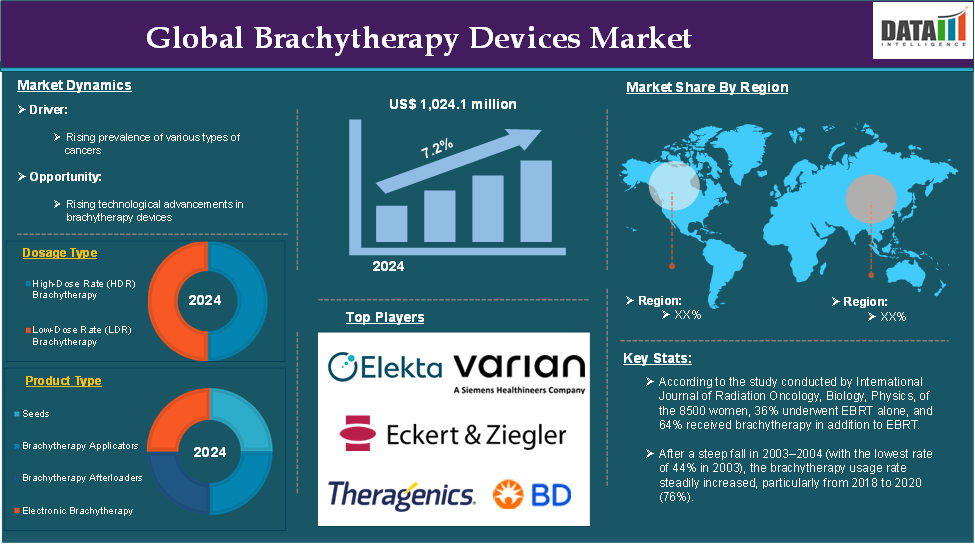
For more details on this report – Request for Sample
Market Dynamics: Drivers & Restraints
Rising prevalence of cancer
The rising prevalence of cancer is significantly driving the growth of the brachytherapy devices market and is expected to drive the market over the forecast period. Brachytherapy is particularly effective for localized cancers like prostate, breast, cervical and skin cancers. The method delivers high doses of radiation directly to the tumor, minimizing damage to surrounding healthy tissue, which is crucial for patients suffering from these increasing cancer cases. For instance, according to the National Institute of Health, one of the main causes of mortality in the globe is cancer. Globally, there were about 20 million new cases in 2022. It is anticipated that there will be 29.9 million new cancer cases year by 2040.
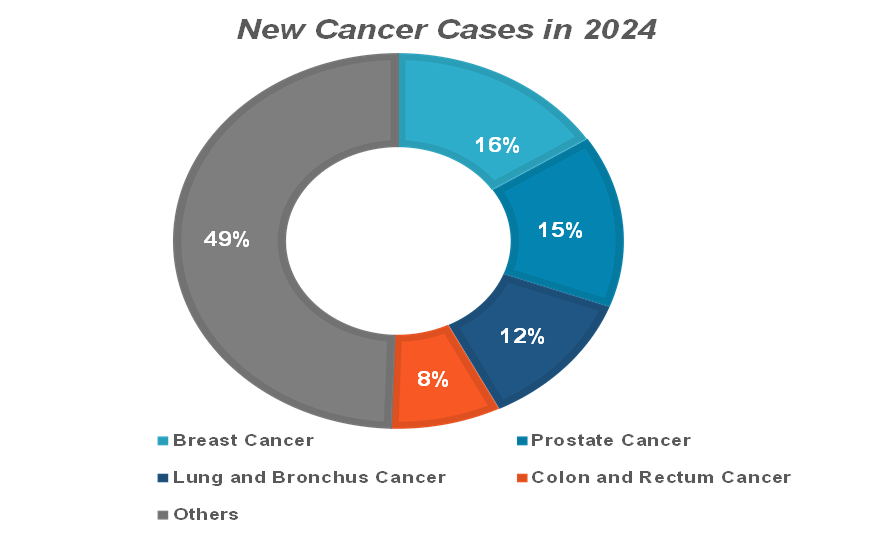
Brachytherapy is considered a preferred treatment for localized prostate cancer, particularly in early-stage tumors. Its ability to provide a high radiation dose with minimal damage to nearby organs, such as the bladder and rectum, makes it a highly effective treatment method for this growing patient population. For instance, according to the American Cancer Society’s estimates in the United States in 2024, about 299,010 new cases of prostate cancer.
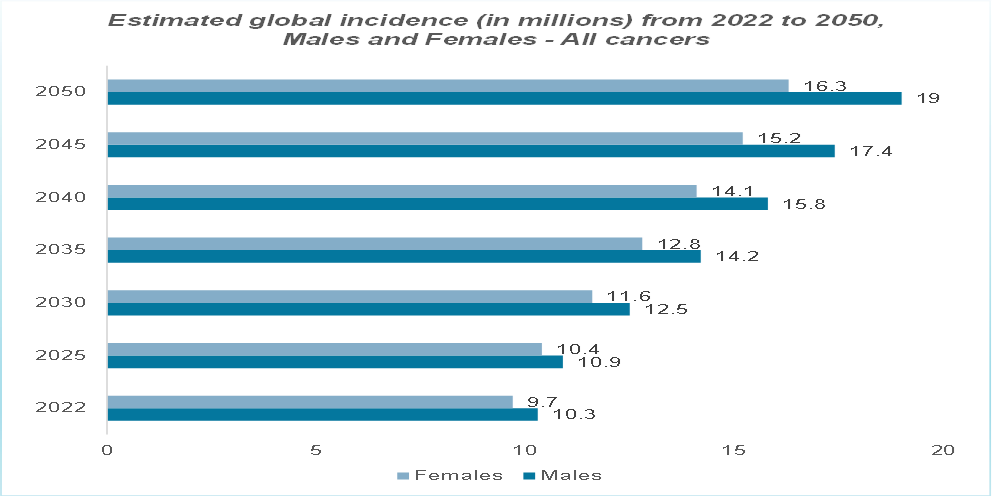
High cost associated with brachytherapy
The high cost associated with brachytherapy is a significant factor that hampers the growth of the brachytherapy devices market. Several aspects of this cost, including the initial investment in equipment, ongoing maintenance and the cost of radioactive materials, present barriers to widespread adoption, particularly in regions with limited healthcare budgets. For instance, according to the HOSPIDIO, brachytherapy cost in India can range from $2000 to $4500, which is equivalent to approximately 1,60,000 to 3,70,000 Indian rupees.
The cost of purchasing brachytherapy equipment such as afterloaders, applicators, and treatment planning systems can range from hundreds of thousands to millions of dollars. For instance, a high-dose rate (HDR) afterloader, which is commonly used in modern brachytherapy procedures, can cost high depending on the model and technology.
For instance, according to the National Institute of Health (NIH), an HDR afterloader will cost between USD 200,000 and USD 350,000 on average in 2020, with recurring yearly servicing and source exchange expenses of well over USD 20,000.
Market Segment Analysis
The global brachytherapy devices market is segmented based on dosage type, product type, technique type, application, end-user and region.
Dosage Type:
The High-Dose Rate (HDR) brachytherapy segment is expected to dominate the brachytherapy devices market share
High-Dose Rate (HDR) brachytherapy allows for the delivery of a high dose of radiation in a short period, enabling precise targeting of the tumor. This results in better tumor control with minimal damage to surrounding healthy tissue. HDR brachytherapy sessions are typically much shorter than those of Low Dose Rate (LDR), which makes it more convenient for both patients and healthcare providers. HDR treatments can be completed within a few minutes per session, whereas LDR treatments can span several days.
High-Dose Rate (HDR) brachytherapy is widely used in the treatment of localized prostate cancer. In prostate cancer treatment, HDR has shown comparable, if not superior, outcomes to LDR in terms of tumor control, with a shorter treatment duration.
For instance, in July 2024, GE HealthCare’s MIM Software introduced MIM Symphony HDR Prostate to support high dose-rate (HDR) brachytherapy. By offering direct tumor visualization from magnetic resonance imaging (MRI) images during live ultrasound operations for HDR prostate treatments, this novel technology seeks to boost clinician confidence and contribute to better patient outcomes. By providing MRI guiding and correcting MRI alignment during HDR prostate treatments, MIM Symphony HDR Prostate distinguishes itself in the industry.
Market Geographical Share
North America is expected to hold a significant position in the brachytherapy devices market share
According to the American Cancer Society, approximately 1.9 million new cancer cases were expected to be diagnosed in the United States in 2023, with prostate, breast, and gynecological cancers being some of the most common. This rising cancer burden creates a growing demand for effective, targeted treatments like brachytherapy.
The U.S. has one of the highest incidences of prostate cancer globally, with an estimated 1 in 8 men being diagnosed. Brachytherapy, particularly HDR brachytherapy, is a leading treatment choice for localized prostate cancer, contributing significantly to the growth of the brachytherapy devices market.
North America has seen significant adoption of high-dose rate (HDR) brachytherapy devices, which offer superior precision and faster treatment times. The use of real-time imaging, automated afterloaders, and improved treatment planning systems are particularly prevalent in this region, enhancing the effectiveness of brachytherapy treatments.
Companies like Varian Medical Systems, Elekta and other emerging players are based in North America and lead the development of next-generation brachytherapy devices. These innovations ensure that North American healthcare providers are equipped with the most advanced technologies available.
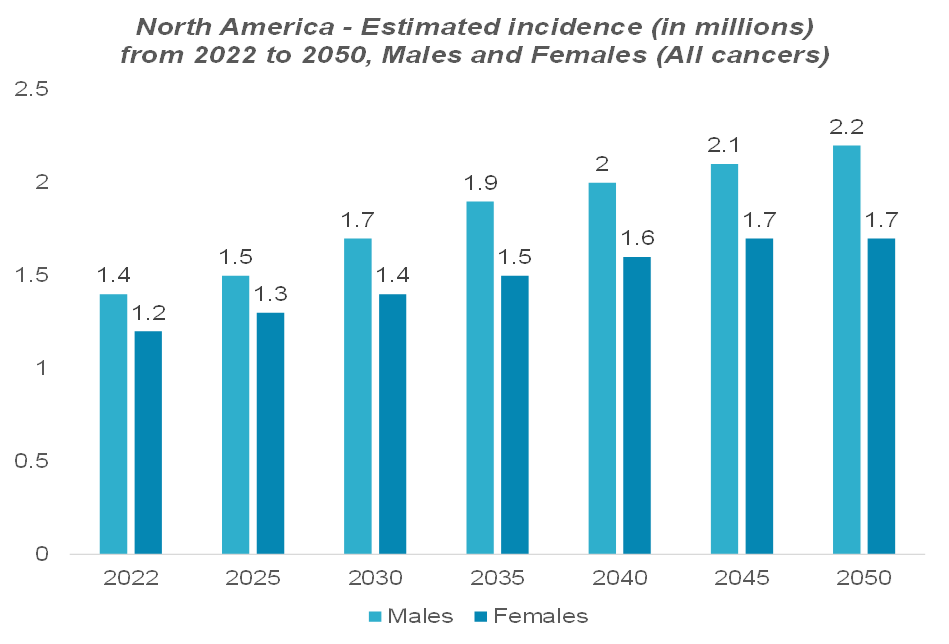
Asia-Pacific is growing at the fastest pace in the brachytherapy devices market
The APAC region has seen a significant rise in cancer cases due to factors such as population growth, aging populations, urbanization, and lifestyle changes. According to the International Agency for Research on Cancer (IARC), Asia accounted for 47% of the global cancer burden in 2020. Countries like China, India, and Japan have some of the highest cancer rates globally. This surge in cancer cases is driving demand for effective treatments like brachytherapy.
Governments in APAC countries are increasingly investing in healthcare infrastructure, including cancer treatment facilities. This investment is critical for expanding access to advanced therapies like brachytherapy. For instance, the Indian government’s focus on improving healthcare access and cancer treatment capabilities has resulted in greater availability of brachytherapy devices in the country.
As patients in the APAC region increasingly demand minimally invasive treatment options, the adoption of brachytherapy continues to rise. Its ability to deliver targeted radiation with reduced risk of side effects and shorter recovery times makes it an attractive treatment option. For instance, in South Korea, patients are becoming more inclined toward advanced cancer therapies like HDR brachytherapy, which requires fewer hospital visits and allows for faster recovery compared to traditional external beam radiation therapy.
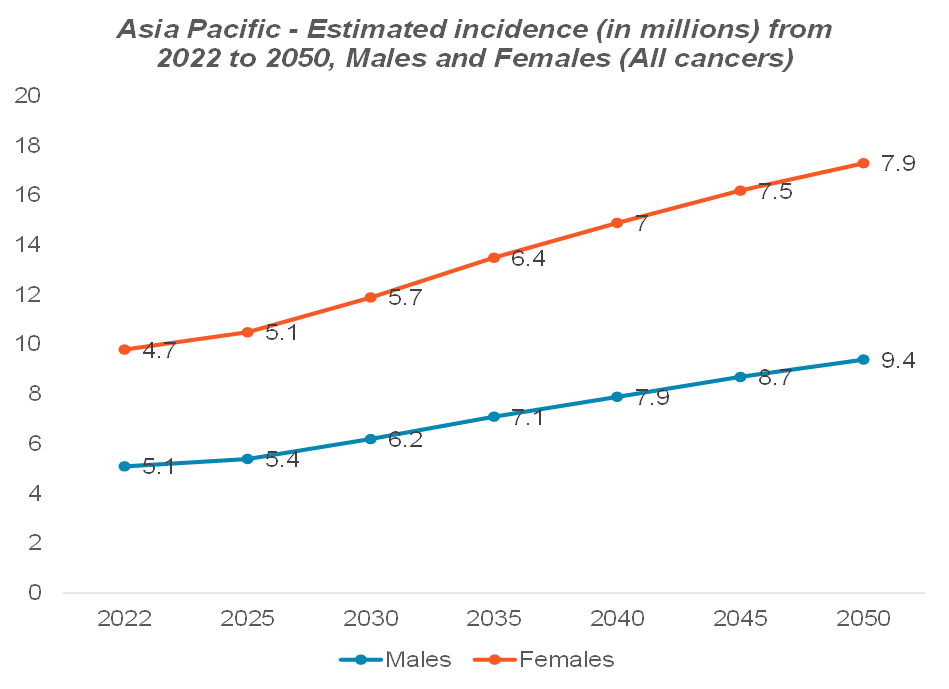
Competitive Landscape
The major global players in the brachytherapy devices market include Elekta AB, Varian Medical Systems, Inc., Eckert & Ziegler, Theragenics Corporation, Becton, Dickinson, and Company, BEBIG Medical, Sun Nuclear Corporation, CIVCO Medical Solutions and among others.
Market Scope
| Metrics | Details | |
| CAGR | 7.2% | |
| Market Size Available for Years | 2018-2033 | |
| Estimation Forecast Period | 2025-2033 | |
| Revenue Units | Value (US$ Mn) | |
| Volume (Units) | ||
| Segments Covered | Dosage Type | High-Dose Rate (HDR) Brachytherapy and Low-Dose Rate (LDR) Brachytherapy |
| Product Type | Seeds, Brachytherapy Applicators, Brachytherapy Afterloaders and Electronic Brachytherapy | |
| Technique Type | Ultrasound-Guided Brachytherapy, Magnetic Resonance Imaging (MRI)-Guided Brachytherapy, Computed Tomography (CT)-Guided Brachytherapy, Positron Emission Tomography (PET)-Guided Brachytherapy, Others | |
| Application | Prostate Cancer, Skin Cancer, Gynecological Cancer, Breast Cancer, Cervical Cancer and Others | |
| End-User | Hospitals, Diagnostic Centers, Radiotherapy Centers, Ambulatory Surgical Centers and Others | |
| Regions Covered | North America, Europe, Asia-Pacific, South America, and Middle East & Africa | |
Why Purchase the Report?
- Pipeline & Innovations: Reviews ongoing clinical trials, product pipelines, and forecasts upcoming advancements in medical devices and pharmaceuticals.
- Product Performance & Market Positioning: Analyzes product performance, market positioning, and growth potential to optimize strategies.
- Real-World Evidence: Integrates patient feedback and data into product development for improved outcomes.
- Physician Preferences & Health System Impact: Examines healthcare provider behaviors and the impact of health system mergers on adoption strategies.
- Market Updates & Industry Changes: Covers recent regulatory changes, new policies, and emerging technologies.
- Competitive Strategies: Analyzes competitor strategies, market share, and emerging players.
- Pricing & Market Access: Reviews pricing models, reimbursement trends, and market access strategies.
- Market Entry & Expansion: Identifies optimal strategies for entering new markets and partnerships.
- Regional Growth & Investment: Highlights high-growth regions and investment opportunities.
- Supply Chain Optimization: Assesses supply chain risks and distribution strategies for efficient product delivery.
- Sustainability & Regulatory Impact: Focuses on eco-friendly practices and evolving regulations in healthcare.
- Post-market Surveillance: Uses post-market data to enhance product safety and access.
- Pharmacoeconomics & Value-Based Pricing: Analyzes the shift to value-based pricing and data-driven decision-making in R&D.
The global brachytherapy devices market report delivers a detailed analysis with 72 key tables, more than 77 visually impactful figures, and 169 pages of expert insights, providing a complete view of the market landscape.
Target Audience 2025
- Manufacturers: Pharmaceutical, Medical Device, Biotech Companies, Contract Manufacturers, Distributors, Hospitals.
- Regulatory & Policy: Compliance Officers, Government, Health Economists, Market Access Specialists.
- Technology & Innovation: AI/Robotics Providers, R&D Professionals, Clinical Trial Managers, Pharmacovigilance Experts.
- Investors: Healthcare Investors, Venture Fund Investors, Pharma Marketing & Sales.
- Consulting & Advisory: Healthcare Consultants, Industry Associations, Analysts.
- Supply Chain: Distribution and Supply Chain Managers.
- Consumers & Advocacy: Patients, Advocacy Groups, Insurance Companies.
- Academic & Research: Academic Institutions.

